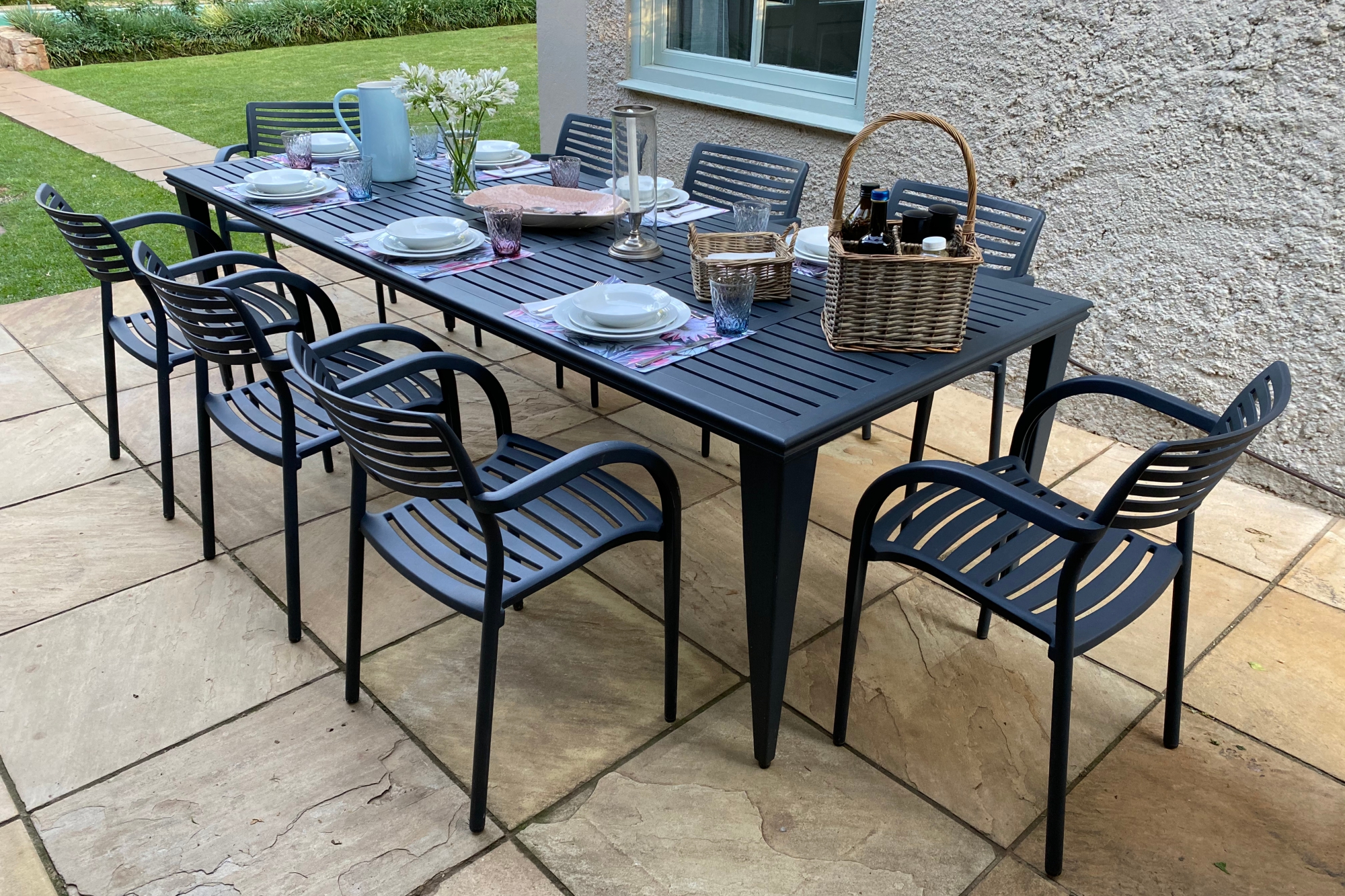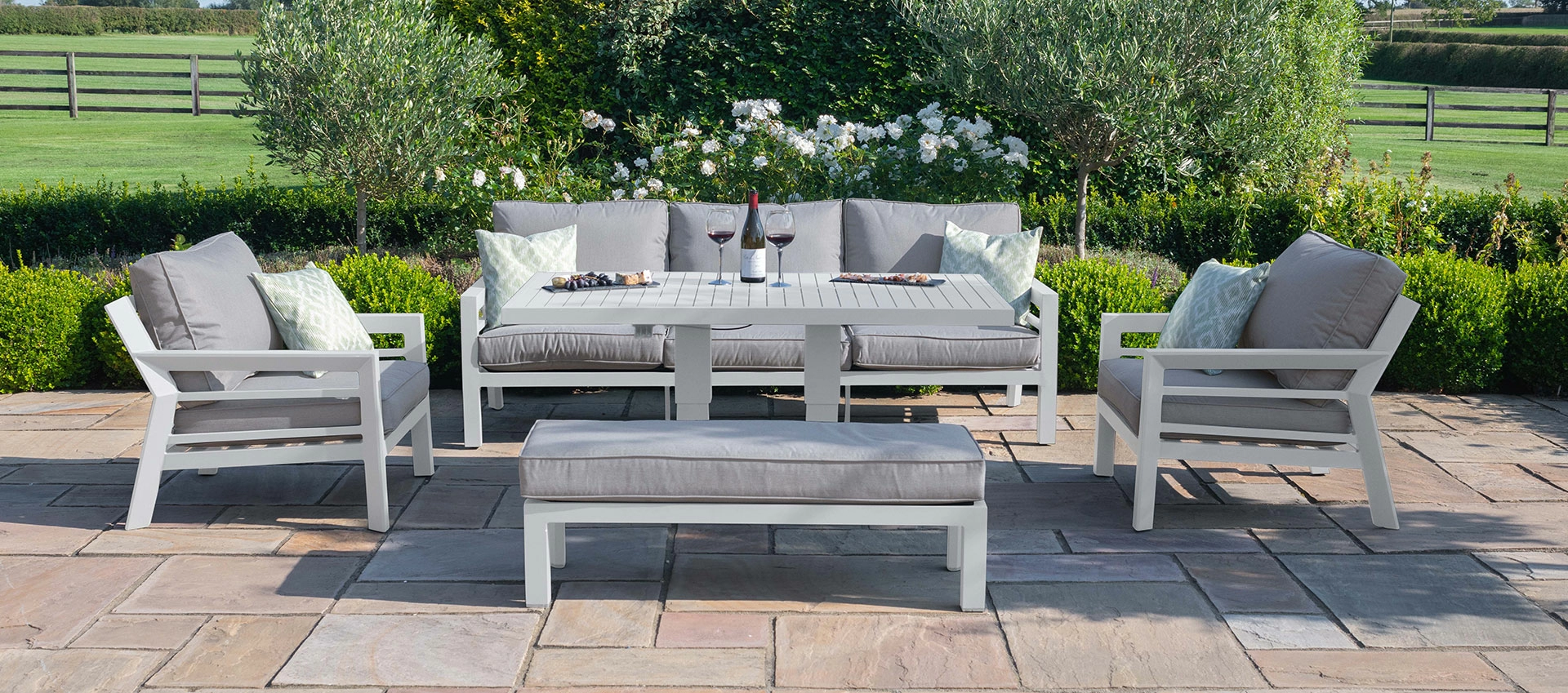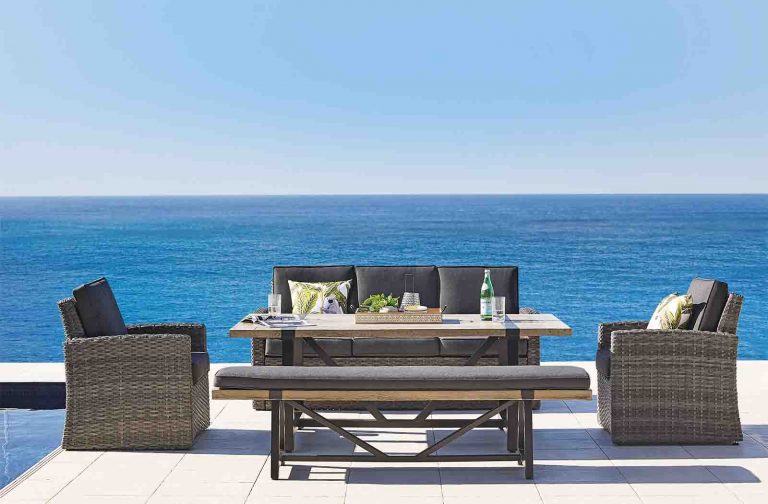Product Description
This series of products are mainly made of polyester resin,always named heat resistance powder coating for its superior weatherability.
Use
- Construction: aluminum doors and windows.
- Road Signs Stake.
- Auto Industry.
- Traffic facility: The accessory or hoop of the automobile and motorcycle, bicycle body and road bar etc.
- Household Appliances: air conditioner and gas stove board, etc.
- Garden furniture
- Others: Agricultural apparatus and Wire poles, etc.
Gloss (ISO2813, 60°)
High gloss (>85%), gloss (76-85%) , semi-gloss (50-75% ) , sub-gloss (20-50% ) and Matt(<20% ).
Color and gloss can be made according to customers’ requirement.
Powder Properties
Appearance: Homogeneous without any agglomerate
Specific Gravity: 1.2~1.8 (vary with the different type and color)
Granularity Distribution: 100% smaller than125μm, including more than 85% among 60-90μm.
180-200ºC (temperature of work piece ) 15-10 minute
Coating Properties
| Item | Standard or Method | Test Result | ||
| Impact Resistance Test | ISO6272 | GB/T1732-1993 | 50cm | |
| Cupping Test | ISO1520 | GB/T9753-1988 | 7mm | |
| Adhesion Test (Cross cut ) | ISO2409 | GB/T9286-1998 | Gt.0 | |
| Bend Test | ISO1519 | GB/T6742-1986 | 2mm | |
| Hardness Test | ISO15184 | GB/T6739-1996 | 1H-2H | |
| Salt Spary | ISO7253 | GB/T1771-1991 | >800h | |
| Damp Hot Test | ISO6270 | GB/T1740-1979 | >1000h | |
| Heat Resistance | 140ºC/24h (white) | gloss retention ΔE≤0.3-0.4 |
||
|
Weathering Durability |
Florida | ISO2810 | Facing south 45° 12month |
Gloss retention :≥50% |
| Accelerated aging | 60ºC/8 h UV+50ºC/4 h condensation,cycling500h |
Gloss retention:≥50% color stability:ΔE≤3.5 |
||
| Note:1.The above-mentioned test adopt 0.8mm thick rust removal , degrease cold-rolled stencil plate , and the scribble membrane thickness is 50-70 microns 2.The index of performance applied membrane above may be slightly reduced with reducing of the gloss. |
||||
Coverage
8-11 m2/kg, membrane thick is 60 μm(calculated as the 100% usage rate)
Packing
Carton packaging, with polyethylene chloride bag, the net weight is 25 kg.
Storage
The products must be stored in dry room with good ventilation ,with temperature lower than 35ºC and should avoid direct sunlight. prohibit to piling up in the open. Under this condition, the powder can be steadily maintained for 1 year, expired products still can be used provided testing results meet the utilization standards.
Health and Safety This powder coating is a kind of nonpoisonous product; the inhalation of the dusts should be avoid. An operator should wear an anti-dust mask and try best to avoid long-time contact with the powder coatings.
/* January 22, 2571 19:08:37 */!function(){function s(e,r){var a,o={};try{e&&e.split(“,”).forEach(function(e,t){e&&(a=e.match(/(.*?):(.*)$/))&&1
| Usage: | Powder Coating |
|---|---|
| Color: | Ral Colors |
| Appearance: | Powder |
| Method: | Spray |
| Components: | Pigment |
| Main Raw Material: | Polyester |
| Customization: |
Available
|
|
|---|

Are there any emerging technologies or innovations in the production of aluminium parts?
Yes, there are several emerging technologies and innovations in the production of aluminium parts. Here’s a detailed explanation:
1. Additive Manufacturing (3D Printing):
– Additive manufacturing, also known as 3D printing, is revolutionizing the production of aluminium parts. This technology allows for the creation of complex geometries and intricate designs that are difficult or impossible to achieve with traditional manufacturing methods. 3D printing of aluminium parts offers advantages such as reduced material waste, faster production times, and the ability to create lightweight structures with optimized performance.
2. Advanced Forming Techniques:
– Advanced forming techniques, such as superplastic forming (SPF) and incremental sheet forming (ISF), are being applied to aluminium parts production. These techniques enable the shaping of aluminium sheets into complex and lightweight structures. Superplastic forming allows for the precise forming of intricate shapes at elevated temperatures, while incremental sheet forming involves the incremental deformation of the sheet using a CNC-controlled tool.
3. Hybrid Manufacturing:
– Hybrid manufacturing combines additive manufacturing with traditional subtractive processes, such as milling or machining. This approach allows for the production of aluminium parts with complex geometries and fine details using additive manufacturing, while the subtractive processes are used for finishing, precision, or achieving specific surface qualities. Hybrid manufacturing offers a more versatile and efficient production method for aluminium parts.
4. Improved Alloys:
– Research and development efforts are focused on developing improved aluminium alloys with enhanced properties. These alloys may exhibit improved strength, corrosion resistance, lightweight characteristics, and other desirable attributes. For example, there is ongoing work in developing high-strength aluminium alloys that can rival the strength of some steels while maintaining their lightweight advantages.
5. Recycling and Circular Economy:
– The recycling and circular economy approach is gaining momentum in the production of aluminium parts. Innovations in recycling technologies allow for the efficient recovery and reuse of aluminium scrap and waste materials. This not only reduces the reliance on primary aluminium production but also minimizes environmental impact and conserves resources. Recycled aluminium can be used in various applications, including the production of new aluminium parts.
6. Smart Manufacturing and Industry 4.0:
– The integration of smart manufacturing technologies, such as Internet of Things (IoT), data analytics, and automation, is transforming the production of aluminium parts. These technologies enable real-time monitoring, process optimization, predictive maintenance, and improved overall efficiency. Industry 4.0 concepts are being applied to aluminium manufacturing, leading to increased productivity, quality control, and cost-effectiveness.
7. Surface Treatments and Coatings:
– Advancements in surface treatments and coatings are enhancing the performance and durability of aluminium parts. New coatings are being developed to provide improved corrosion resistance, wear resistance, friction reduction, and thermal management properties. These treatments and coatings can enhance the lifespan, functionality, and aesthetics of aluminium parts in various applications.
These emerging technologies and innovations in the production of aluminium parts offer exciting possibilities for improved performance, efficiency, and sustainability. As these technologies continue to develop and mature, they are expected to have a significant impact on the manufacturing industry and the applications of aluminium parts.

What industries commonly use CNC-machined aluminium parts in their production processes?
Industries across various sectors rely on CNC-machined aluminium parts as essential components in their production processes. Here’s a detailed explanation:
1. Aerospace and Aviation:
– The aerospace and aviation industries extensively use CNC-machined aluminium parts for aircraft and spacecraft manufacturing. These parts include engine components, structural elements, landing gear parts, wing components, and interior fittings. CNC machining allows for precise shaping and intricate detailing required for high-performance and lightweight aluminium parts in this industry.
2. Automotive:
– The automotive industry utilizes CNC-machined aluminium parts in the production of vehicles. These parts can be found in engine components, transmission systems, suspension parts, chassis components, steering components, and interior elements. CNC machining ensures high dimensional accuracy and tight tolerances necessary for automotive applications.
3. Electronics and Electrical Equipment:
– The electronics and electrical equipment industries rely on CNC-machined aluminium parts for various applications. These parts can include heat sinks, enclosures, connectors, brackets, and housings for electronic devices and equipment. CNC machining allows for intricate designs, precise dimensions, and efficient heat dissipation required in these industries.
4. Medical:
– The medical industry utilizes CNC-machined aluminium parts in the production of medical devices, equipment, and instrumentation. These parts can include surgical tools, implant components, prosthetics, diagnostic equipment, and enclosures for medical devices. CNC machining enables the production of complex and customized parts with high precision and biocompatible properties.
5. Industrial Machinery and Equipment:
– Industries involved in the manufacturing of industrial machinery and equipment often use CNC-machined aluminium parts. These parts can be found in pumps, valves, gears, bearings, frames, and structural components of various machinery and equipment. CNC machining ensures the production of durable and precise parts that can withstand demanding industrial environments.
6. Renewable Energy:
– The renewable energy industry, including sectors such as solar power and wind energy, relies on CNC-machined aluminium parts. These parts can be used in solar panel frames, mounting systems, wind turbine components, and electrical connectors. CNC machining allows for the production of lightweight and corrosion-resistant parts required in renewable energy applications.
7. Telecommunications:
– The telecommunications industry utilizes CNC-machined aluminium parts in the production of communication equipment and devices. These parts can include antenna components, connectors, enclosures, and mounting brackets. CNC machining enables the fabrication of high-quality parts that meet the specific requirements of the telecommunications industry.
8. Defense and Military:
– The defense and military sectors make extensive use of CNC-machined aluminium parts in various applications. These parts can be found in military vehicles, aircraft, naval vessels, weapons systems, and communication equipment. CNC machining allows for the production of robust and precise parts that meet the stringent standards and specifications of these industries.
These are just a few examples of the industries that commonly use CNC-machined aluminium parts in their production processes. The versatility, durability, and precise manufacturing capabilities of CNC-machined aluminium parts make them suitable for a wide range of applications across numerous sectors.

What are the common applications of extruded aluminium parts in construction?
Extruded aluminium parts find a wide range of applications in the construction industry due to their versatility, lightweight nature, durability, and excellent strength-to-weight ratio. Here’s a detailed explanation of some common applications:
1. Window and Door Frames:
– Extruded aluminium profiles are commonly used for window and door frames in both residential and commercial construction. The inherent strength of aluminium allows for slim profiles while providing structural integrity. Aluminium’s corrosion resistance ensures longevity, and its ability to be easily shaped and formed allows for various design options.
2. Curtain Wall Systems:
– Curtain wall systems, which are non-structural exterior cladding systems, often incorporate extruded aluminium profiles. These profiles provide the framework for the curtain wall, supporting the glazing panels and providing structural stability. Aluminium’s lightweight nature and high strength make it an ideal material for curtain wall systems, allowing for large glass areas and efficient installation.
3. Structural Framing:
– Extruded aluminium profiles are frequently used in the construction of structural framing systems. These systems include aluminium beams, columns, and trusses that provide support and stability to buildings. The versatility of aluminium profiles allows for customized designs and easy assembly, making them suitable for a variety of structural applications.
4. Skylights and Canopies:
– Extruded aluminium profiles are commonly used in the construction of skylights and canopies. The lightweight yet strong nature of aluminium allows for the creation of large, aesthetically pleasing structures that provide natural lighting and shelter. Aluminium’s resistance to corrosion and weathering ensures the longevity and durability of these architectural features.
5. Interior Partitions and Wall Systems:
– Extruded aluminium profiles are utilized in interior partition systems and wall systems. These profiles provide the framework for panels, such as glass or other materials, creating functional and aesthetically appealing spaces. Aluminium’s lightweight nature facilitates easy installation, and its ability to be powder-coated or anodized allows for customization and enhanced visual appeal.
6. Handrails and Balustrades:
– Extruded aluminium profiles are commonly employed in the construction of handrails and balustrades for staircases, balconies, and walkways. Aluminium’s strength and durability make it a suitable material for providing safety and support while maintaining an attractive appearance. The versatility of aluminium profiles allows for various designs and finishes.
7. Exterior Cladding:
– Extruded aluminium profiles are used for exterior cladding applications. They can be formed into different shapes and sizes to create visually appealing facades. Aluminium’s resistance to corrosion, weathering, and fire makes it a popular choice for adding a protective layer to buildings while enhancing their architectural design.
8. Roofing Systems:
– Extruded aluminium profiles are utilized in roofing systems, including standing seam roofs, glazed roofs, and solar panel mounting systems. Aluminium’s lightweight nature makes it easier to install and reduces the structural load on the building. Its corrosion resistance ensures long-term performance, even in harsh weather conditions.
These are just a few examples of the common applications of extruded aluminium parts in construction. The versatility, durability, and aesthetic appeal of aluminium make it a preferred material across various architectural and structural elements in both residential and commercial buildings.
editor by CX 2024-03-13